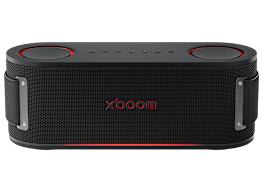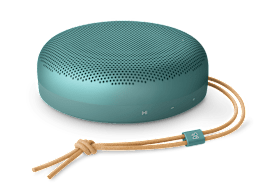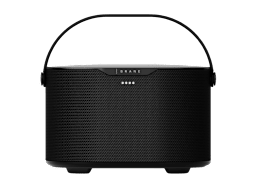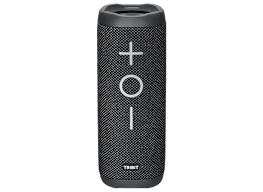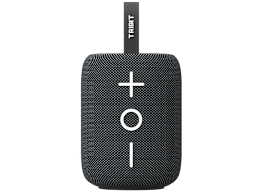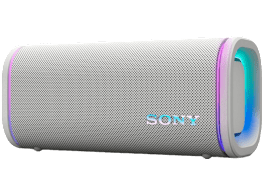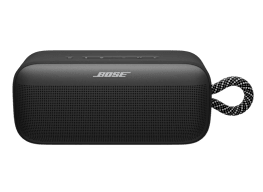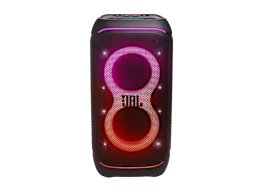
Choosing the Best Wireless and Bluetooth Speaker
Whether you prefer Beyoncé, the Beatles, or Beethoven, music makes your life better. And with the array of wireless and Bluetooth speakers on the market, it’s easier than ever to enjoy high-quality sound, both at home and on the go.
Bluetooth and WiFi speakers provide simple, cable-free connections that don’t sacrifice sound quality. And you don’t have to spend a lot to get all that. We test speakers that range in price from $25 to $1,000-plus—and there are decent choices for every budget.
If you want to take your tunes to the beach or just to the backyard, consider a water-resistant speaker that features a rechargeable battery with plenty of power. And if you have a large home, consider a model that works as part of a versatile multiroom system.
In our testing program, we put hundreds of wireless and Bluetooth speakers through the paces. Our trained testers evaluate factors like versatility and ease of use, including a speaker’s ability to pair easily and maintain a wireless connection. But most of the weight in our ratings is placed on sound quality, because a speaker that’s easy to use isn’t much good if it sounds lousy.
WiFi or Bluetooth Speakers—or Both?
There are two ways to go wireless: WiFi and Bluetooth. WiFi speakers connect to your home network. Because most of them run on AC power, they usually require an outlet. Bluetooth speakers pair directly with a device such as a phone or a laptop. They tend to be compact and battery-powered, which makes them more portable. Some models offer both connection options.
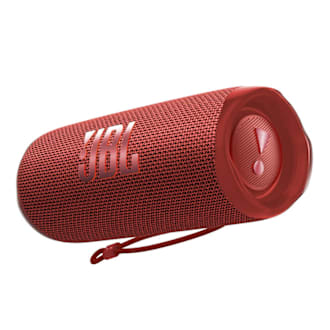
Bluetooth Speakers
Most portable speakers use Bluetooth wireless technology to stream music from another device, say, a smartphone or a laptop.
Pros: The technology works with a wide range of mobile devices, including Apple iPhone and Android smartphones. Bluetooth speakers also tend to be less pricey than WiFi speakers.
Cons: The range is somewhat limited, usually to about 33 feet.
Setup: In general, connecting via Bluetooth is simpler than connecting via WiFi. Some Bluetooth speakers now have NFC (near field communication) technology, which enables two devices—one of which is usually portable, such as a smartphone—to establish communication with just a tap.

WiFi Speakers
WiFi speakers let you take advantage of your robust home network, typically giving you a stronger, more stable signal.
Pros: With WiFi, you can stream to multiple speakers at once. And this technology has a longer range than Bluetooth, up to about 200 feet, although 100 to 150 feet is more common.
Cons: You’re subject to bandwidth limitations, which means the volume of traffic on your network (people streaming videos, surfing the web, or downloading content) can affect the quality of your audio streaming.
Setup: A typical WiFi setup requires downloading a smartphone app and following several steps, which will probably include selecting a network ID and entering a password.
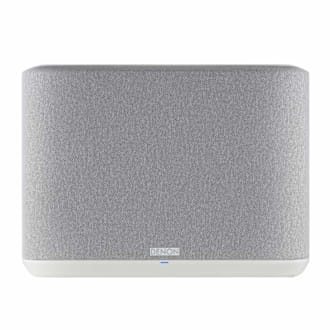
Bluetooth and WiFi Speakers
Several of the highly rated models in our testing have both WiFi and Bluetooth.
Pros: Having both technologies gives you greater flexibility. You can take advantage of your strong home network for most listening. But if, for example, a friend wants to share a favorite playlist from a phone or laptop, she can make a quick connection to your speaker using Bluetooth. In general, models that feature both WiFi and Bluetooth are fairly easy to use.
Cons: You might pay more for a speaker with both features.
Setup: If you want to take advantage of the flexibility of using both Bluetooth and WiFi, you’ll have to go through the individual setup for each.
Let Your Listening Location Help You Pick the Best Wireless Speaker
To choose the right speaker, think a little about where you’re likely to be using it.
Outdoors: If you’re an outdoor cat, consider a portable Bluetooth model that can sit near your grill and pump out tunes while you flip burgers, then follow you around the yard if you want to listen to your favorite podcast after dinner. Pick a compact model and you’ll conserve space on the patio or picnic table, or just choose a speaker that comes in a fun color that matches your tablecloth.
Many models are water-resistant and can withstand a shower or splash from a spilled drink, while others offer even more robust protection and can be submerged without damage.
Indoors: If you’re an indoor cat, think about the location of your electrical outlets and the strength of the WiFi network signal in different parts of your home before deciding on an AC-powered WiFi model.
Placement can also affect a speaker’s performance. You typically want the music source, such as your smartphone, to stay within 33 feet of a Bluetooth speaker. Bluetooth models also work best with a clear line of sight to the source. Walls, large objects, and even people between your speaker and the music source can cause those annoying audio dropouts.
WiFi models are better at handling greater distances and physical obstructions between the music source and the speakers. Under ideal conditions, you might be able to maintain a connection with a speaker that’s more than 200 feet from the router, but 100 to 150 feet is a more typical range.
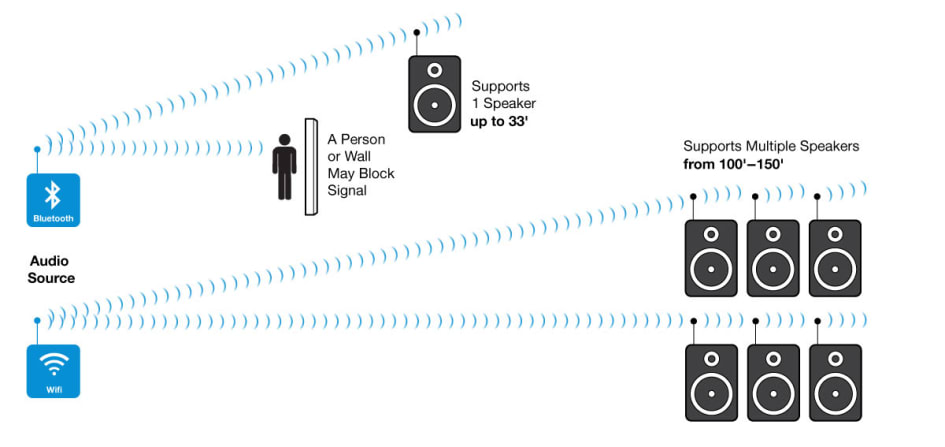
Form Follows Function
Plain and boxy or strikingly sleek, the form of many wireless speakers is more than merely aesthetic; it can affect sound quality and portability.
- 1
- / 5
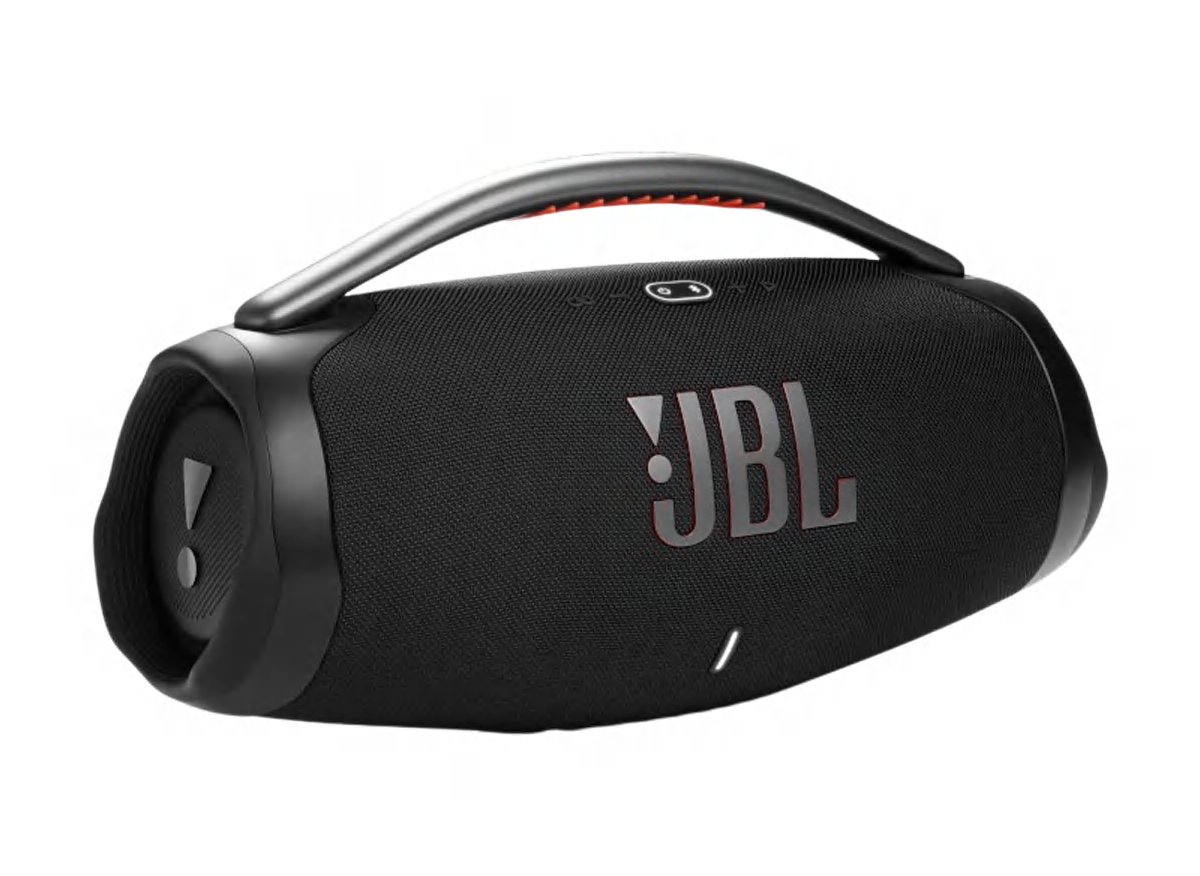
JBL Boombox 3
The latest iteration of this solid-performing portable speaker features retro-styling that channels an old-school boom box, but it has a rechargeable battery instead of D-cells and robust Bluetooth streaming instead of warbly cassettes.
PHOTO: JBL
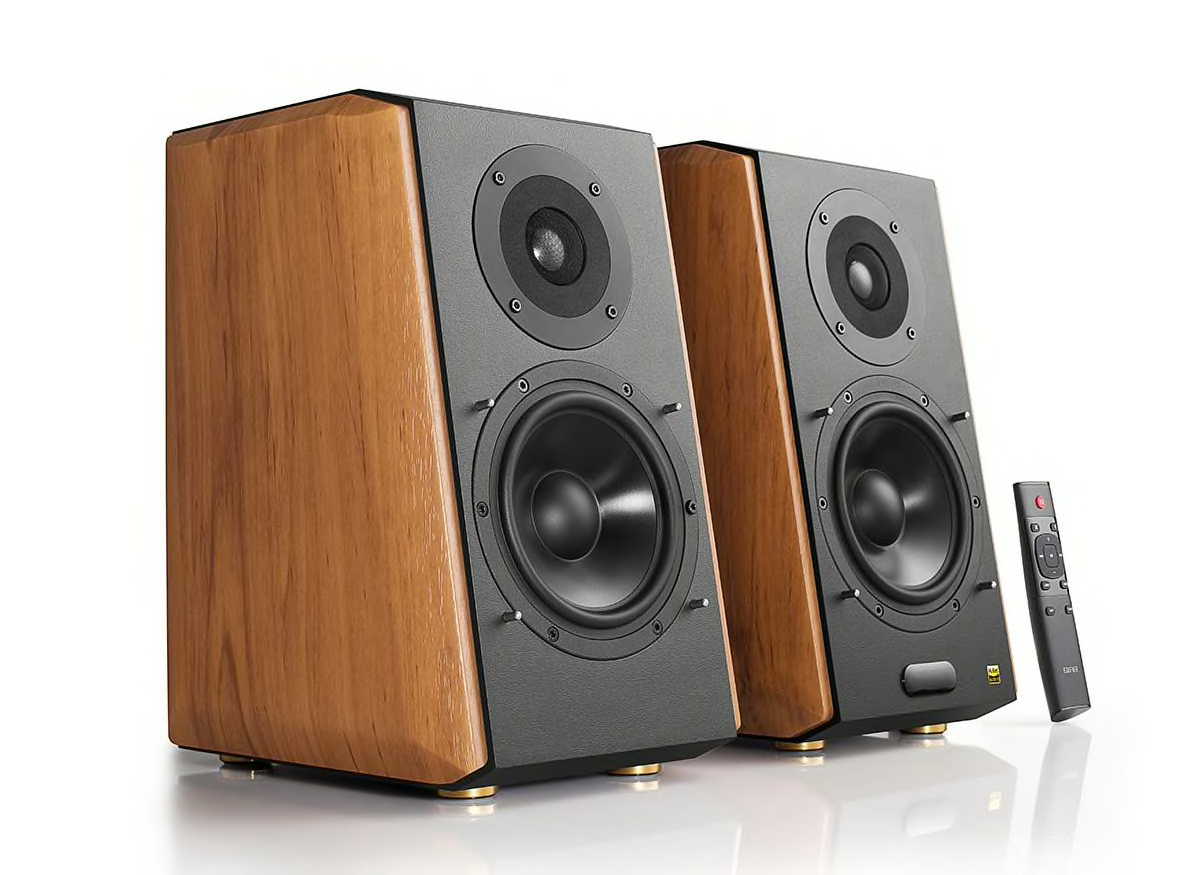
Edifier S1000W
The Edifier S1000W is one of the very best-sounding speakers we’ve tested. Part of the reason is that the Edifier is sold as a stereo pair, which allows you to separate the right- and left-channel speakers to achieve more realistic stereo imaging, creating the sense that the musicians are in the room with you.
PHOTO: EDIFIER
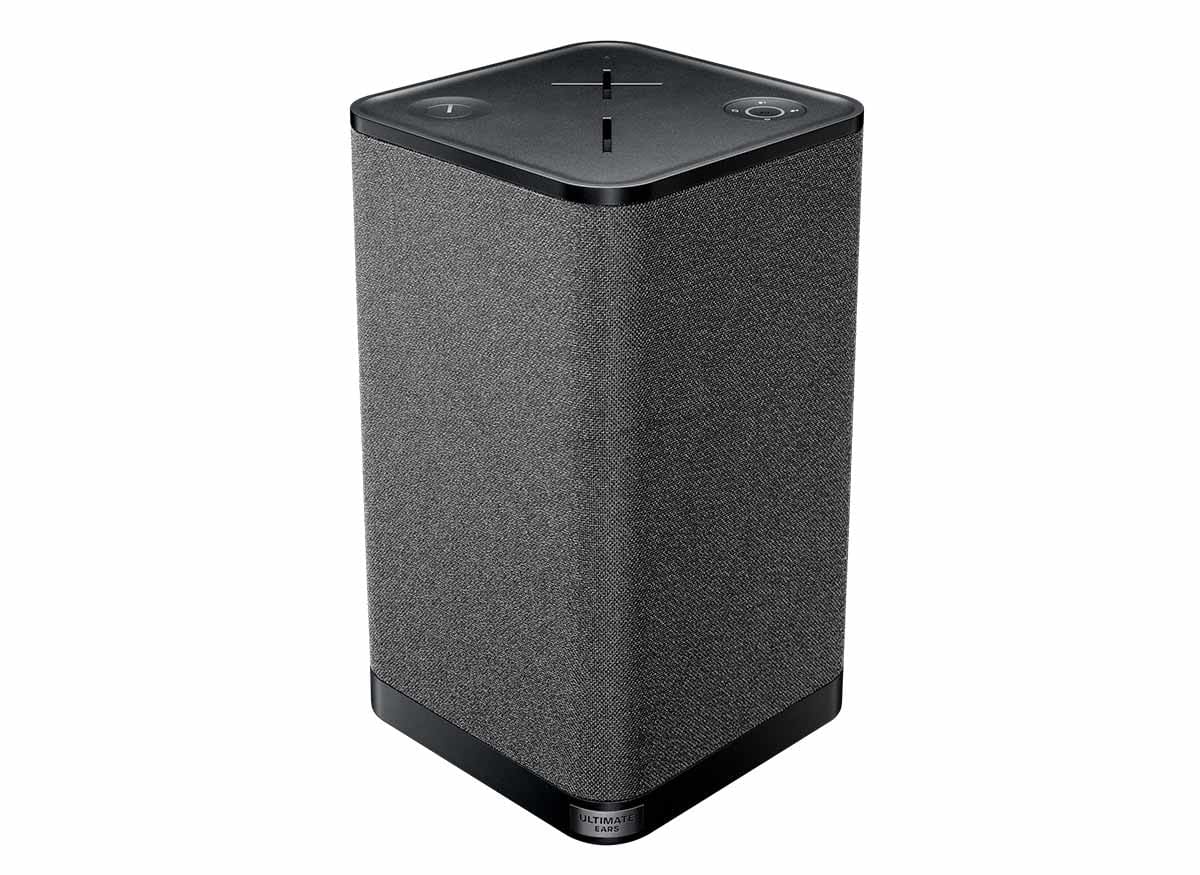
Ultimate Ears Hyperboom
The UE Hyperboom is large for a portable speaker, but it’s unassuming in a good way. Its vertical orientation gives it a relatively small footprint in your family room or on your patio. And its basic black styling allows it to blend in with most interiors.
PHOTO: ULTIMATE EARS
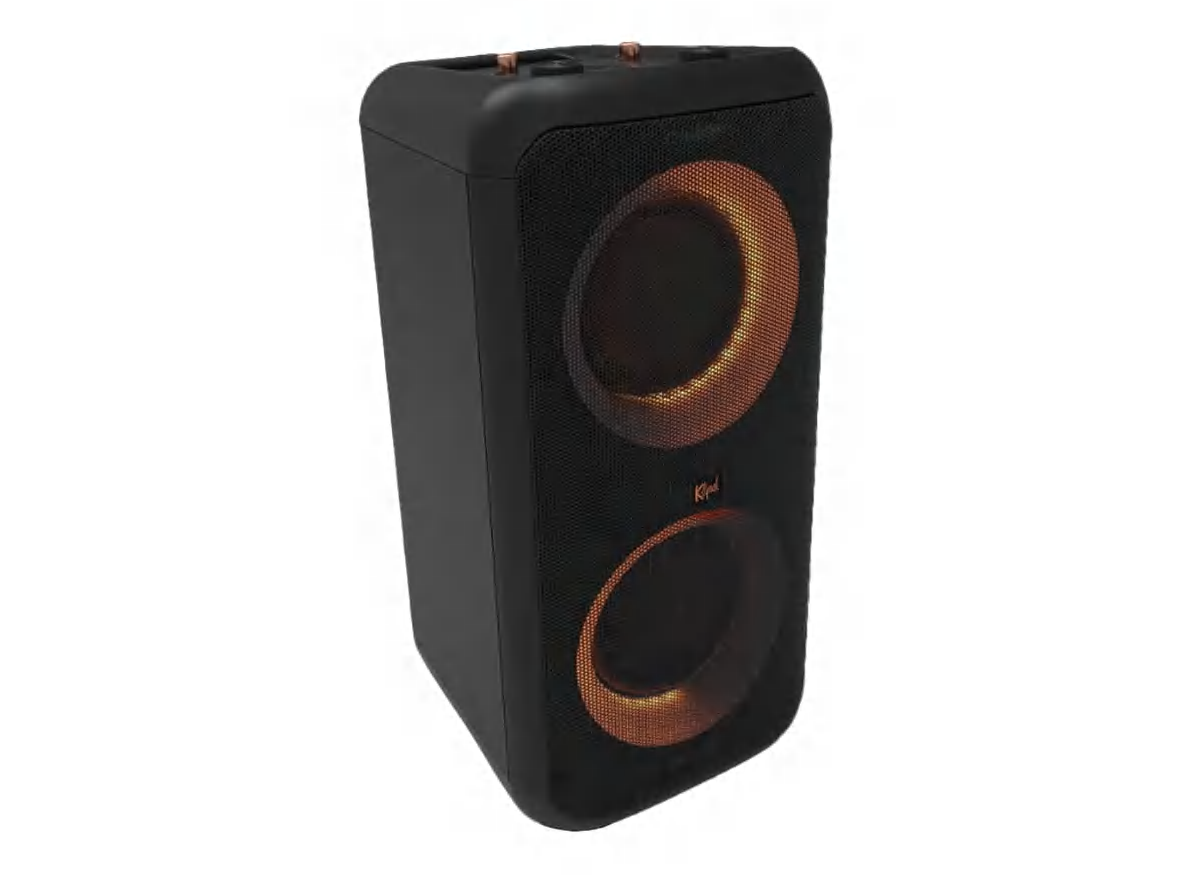
Klipsch Gig XXL
Party speakers like the highly rated Klipsch Gig XXL tend to be large, vertically oriented portables with LED lighting effects that are often programmable, and sometimes add inputs for microphones and electric guitars.
PHOTO: KLIPSCH
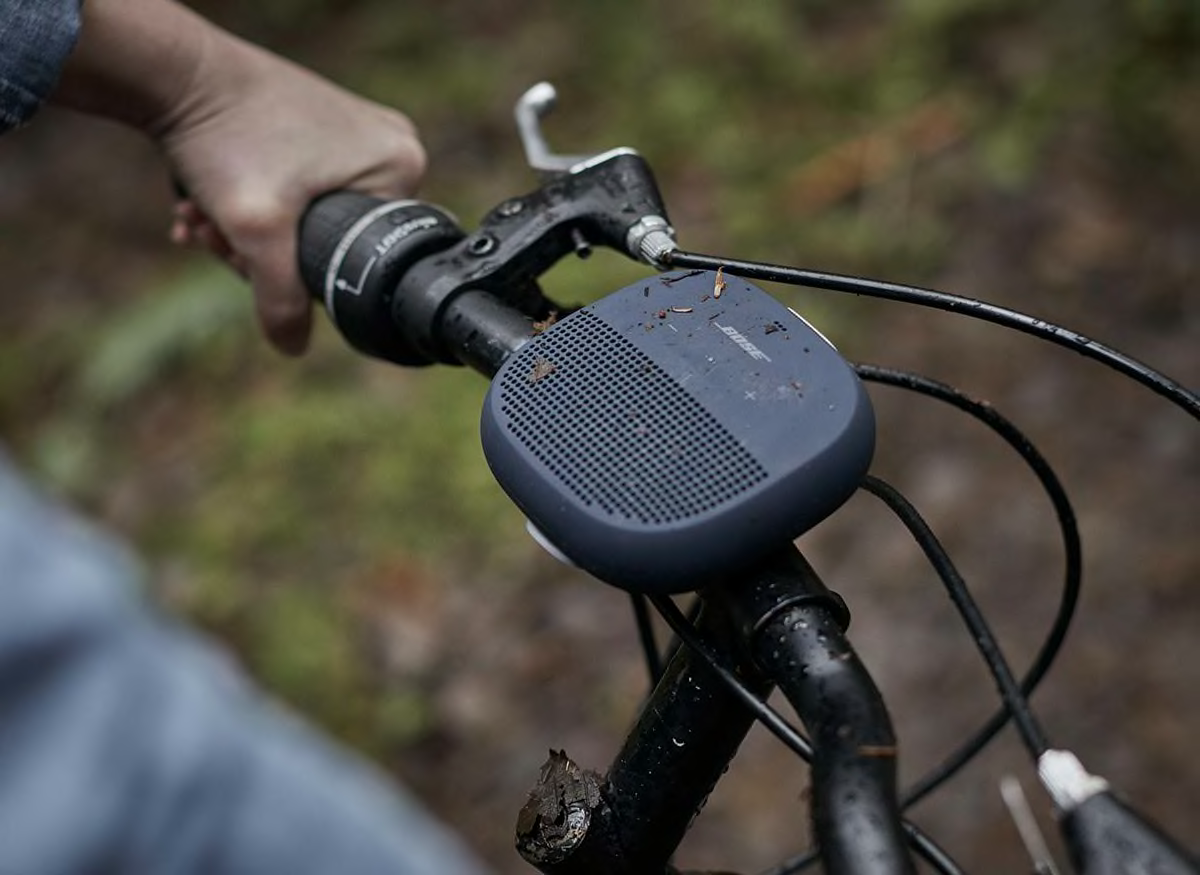
Bose SoundLink Micro
The tiny Bose SoundLink Micro is cute and hyper-portable, and it comes with a strap that allows you to lash it to a bicycle, backpack, or stroller. But if size isn’t super-important to you, the Micro’s larger sibling, the Bose SoundLink Color II, offers better sound quality for not much more money.
PHOTO: BOSE
JBL Boombox 3
The latest iteration of this solid-performing portable speaker features retro-styling that channels an old-school boom box, but it has a rechargeable battery instead of D-cells and robust Bluetooth streaming instead of warbly cassettes.
PHOTO: JBL
Edifier S1000W
The Edifier S1000W is one of the very best-sounding speakers we’ve tested. Part of the reason is that the Edifier is sold as a stereo pair, which allows you to separate the right- and left-channel speakers to achieve more realistic stereo imaging, creating the sense that the musicians are in the room with you.
PHOTO: EDIFIER
Ultimate Ears Hyperboom
The UE Hyperboom is large for a portable speaker, but it’s unassuming in a good way. Its vertical orientation gives it a relatively small footprint in your family room or on your patio. And its basic black styling allows it to blend in with most interiors.
PHOTO: ULTIMATE EARS
Klipsch Gig XXL
Party speakers like the highly rated Klipsch Gig XXL tend to be large, vertically oriented portables with LED lighting effects that are often programmable, and sometimes add inputs for microphones and electric guitars.
PHOTO: KLIPSCH
Bose SoundLink Micro
The tiny Bose SoundLink Micro is cute and hyper-portable, and it comes with a strap that allows you to lash it to a bicycle, backpack, or stroller. But if size isn’t super-important to you, the Micro’s larger sibling, the Bose SoundLink Color II, offers better sound quality for not much more money.
PHOTO: BOSE
Features for Wireless and Bluetooth Speakers
Whether you’re all about that bass or prefer a more refined sonic presentation, you’ll want certain functions so that you can take control of your wireless speaker.
Inputs and Outputs
Many wireless speakers also feature auxiliary audio inputs that can be used to connect source components, such as a TV or an old CD player or cassette deck, directly to the unit via a cable. Some portables include jacks for a microphone (for karaoke or DJ work) or even an electric guitar or other musical instrument. Many larger speakers can now charge your phone or tablet via a USB port. An optical digital audio input can connect devices like a Blu-ray/DVD/CD player.
Connectors and Docks
Depending on the model, you may be able to connect a smartphone or other device via a USB cable, which can eliminate those annoying dropouts that affect some wireless connections. You’ll probably need the right cable for your device. Older iPhones have a nine-pin Lightning connector, while Android phones and the newest iPhones are likely to have a USB-C jack.
Smart Speaker Functionality
CR is now testing select smart speakers as wireless speakers. Smart speaker functionality like the ability to access your playlists via voice commands, ask questions of a digital assistant, and even set cooking timers can make a smart speaker easy to use, but we still weight the sound quality most heavily.
Remote Control
Voice recognition may seem like a fun way to turn up the volume when you don’t want to leave the dance floor, but in reality, it can be hit or miss. A remote control or an app on a smart device usually provides a more reliable way to operate your speaker from a distance.
Online Music Services
In addition to streaming digital audio from a smartphone or a laptop, some wireless speakers offer direct access to streaming music services such as Spotify, Amazon Music, and Pandora.
Hands-Free Speakerphone Functionality
This feature lets you take phone calls directly on your speaker.
Wireless and Bluetooth Speaker Brands
Bose, perhaps best known for its noise-canceling headphones, offers several home and portable wireless speakers at a variety of prices.
Edifier has a full line of Bluetooth speakers for home and portable use, including some top performers at modest prices.
JBL offers a wide variety of wireless and Bluetooth speakers, and Bluetooth portable systems, in all shapes and sizes, many of which are water-resistant for outdoor use. Prices vary widely.
Sonos, which helped pioneer the multiroom wireless speaker category, has a lineup of speakers that range from compact portables to high-performing home models. Prices range from low to high.
Sony produces WiFi and Bluetooth portable and multiroom products across a wide range of prices.
UE Bluetooth portable speakers come in several sizes at low to midrange prices. Logitech, the brand’s parent company, is known for its personal computer and tablet accessories.
Additional brands to check out in our ratings include Denon, Harman Kardon, Klipsch, Marshall, and Onn.
















